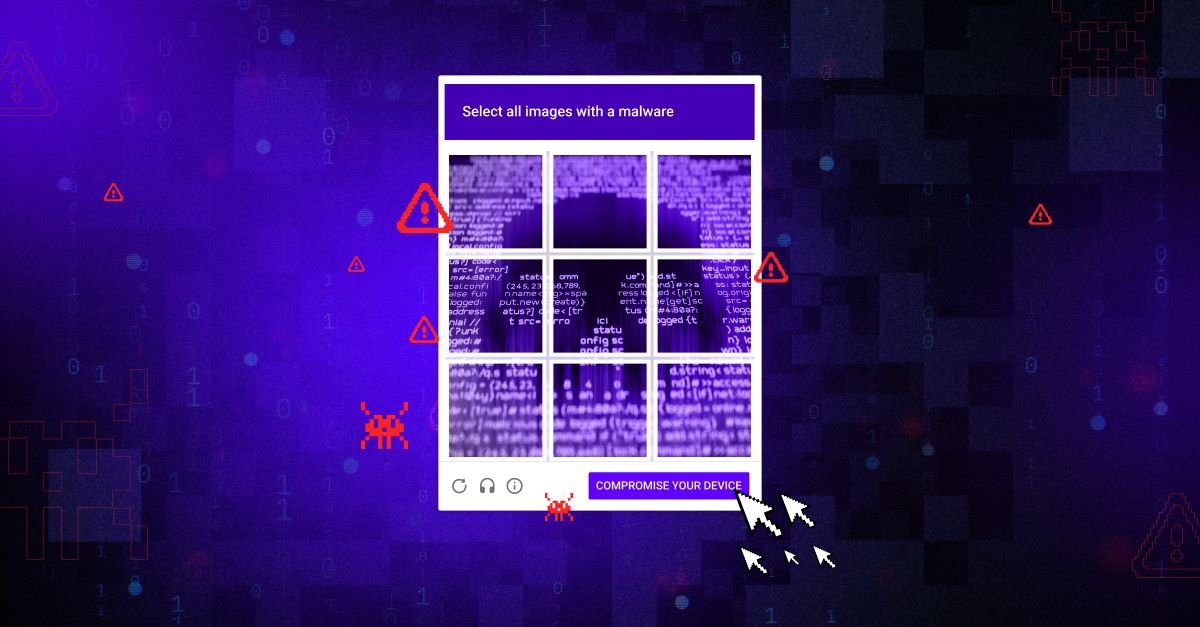A new and highly effective social engineering campaign, named “ClickFix,” has emerged, surpassing previous threats like the fake browser update scam. First identified in early 2024, the campaign is designed to convince users to take action that ultimately leads to their devices being compromised. Instead of relying on traditional hacking methods, ClickFix presents itself as a solution to a non-existent problem, leading victims to unknowingly execute a malicious command.
How the Deception Works
The campaign’s success lies in its clever use of psychological manipulation. Victims are lured to fake web pages through various channels, including deceptive emails, malvertising, and malicious search engine optimization (SEO) techniques. Once on these pages, they are presented with a false error message, often disguised as a CAPTCHA verification failure. The on-screen instructions then guide the user to copy a seemingly harmless command to their clipboard. The final step of the deception occurs when the user is prompted to paste and execute this command into a legitimate system utility, such as the Windows Run dialog box or the macOS Terminal app, at which point the infection begins.
The Multi-Stage Attack and Its Payload
Executing the command triggers a complex, multi-stage attack. This initial action unleashes a cascade of malicious software onto the victim’s device. The payloads deployed in this process can include a variety of dangerous programs, such as information stealers designed to siphon personal data, remote access trojans (RATs) that give attackers full control of the machine, and loaders that can download and install further malware. This modular approach allows the attackers to adapt the attack to different targets and objectives, making it a versatile tool for cybercriminals and state-sponsored actors alike.
FCRF Launches India’s Premier Certified Data Protection Officer Program Aligned with DPDP Act
An Evolution of a Familiar Foe
Security experts have identified ClickFix as a more refined and stealthy version of a previous threat known as “ClearFake.” The new campaign’s effectiveness is due to its continuous evolution. The attackers behind ClickFix are constantly updating their methods of delivery and their deceptive lures. They also employ new techniques to avoid detection, such as abusing trusted platforms like Google Scripts to host the fake CAPTCHA verification flows. By leveraging the reputation of a trusted host, they make their malicious pages appear more legitimate and less likely to be flagged by security software.
A Growing Threat to Individuals and Organizations
The ClickFix campaign’s success has been widespread, with numerous campaigns utilizing this technique to target a broad range of victims. Both sophisticated cybercriminal organizations and nation-state actors have integrated this method into their operations, highlighting its significant impact and effectiveness. The threat highlights the critical need for user awareness and caution when encountering unexpected errors or requests on the internet, even when they appear to come from legitimate sources.


